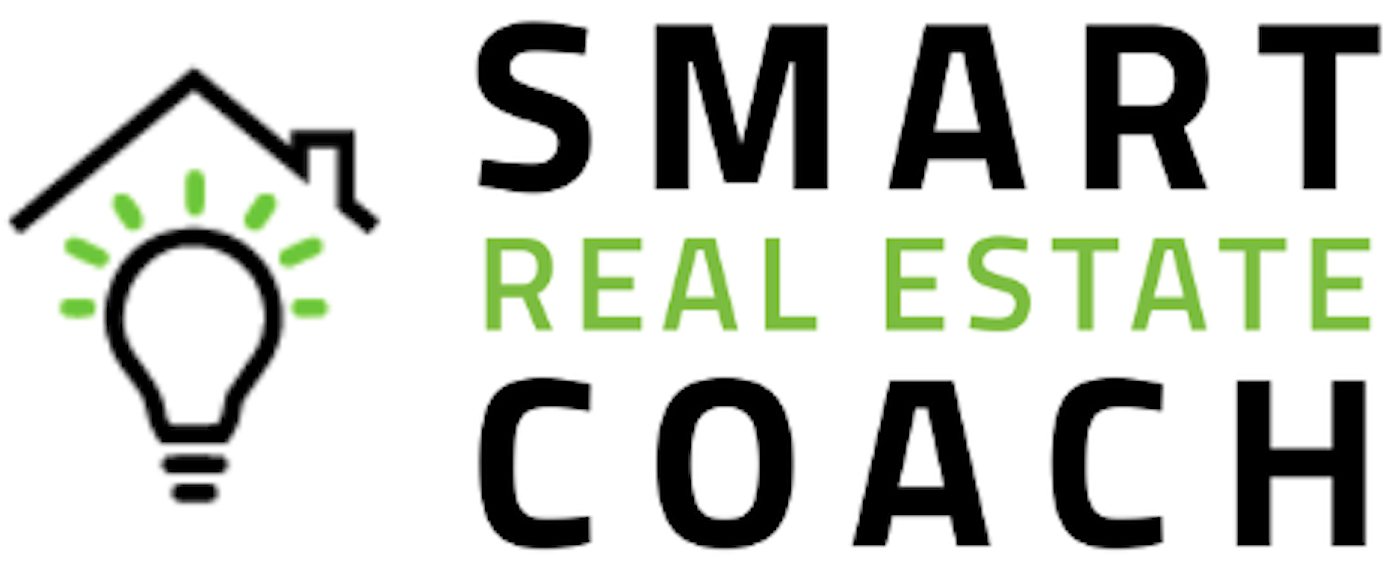
26 Oct How to Structure a Lease Purchase Agreement

Lease purchases are the real estate investor’s bread and butter. They’re common enough that people usually understand what they are, and most homeowners are open to a lease purchase agreement. Especially when a house has been on the market for a while or the owner needs to get out of their home quickly. Learning how to structure a lease purchase agreement is key in entering real estate investment. A lease purchase agreement is usually also a good deal for the investor. Our company makes $75,000 on average with lease purchases. Because lease purchases are a great way to invest your money, we’re going to show you exactly how to structure a lease purchase agreement. Keep reading to learn!
The Structure
The property whose structure we’re going to talk about today was on the market for about a year and a half before we came in with an offer. The owner continued to work with a real estate agent when we made our offer, which isn’t something we see every day in our company, but we said okay.
It was new territory for us, working with an agent on a lease purchase, and the closing took another six months. So, before we get into the breakdown, we would like to remind everyone that sometimes real estate deals can take a long time—sometimes they will be frustrating, but don’t get discouraged.
While this deal sat, we made adjustments to the monthly payments, and we even started looking for people who might want to purchase the home from us once we got our deal with the seller finalized.
After the six-month wait, we finally purchased the home for $319,000 on a 36-month term with a monthly payment of $1,974.99, including principal, interest, taxes, and insurance.
The couple we met, who were looking to purchase the home, bought it for $344,900 on a 30-month term. Our buyers were actually looking for a 24-month period because that’s how long it would take them to get qualified for a loan, but to give ourselves a buffer in case they started to default, we contracted them for 30 months. These extra six months would provide us with plenty of time to find a new buyer if we needed to.
Our lease purchase agreement with these buyers was set at $1,600 a month plus taxes, which were roughly four hundred a month for a total of $2,000 a month. With our monthly payments at $1974.99, we had about $25 to pocket every month.
The buyers came in with $16,000 down, which accounted for our first payday, with $9,000 going towards the purchase price.
Let’s break down all the numbers now.
We purchased the home for $319,000 and sold it for $344,000. That’s $25,000, but you have to subtract the $16,000 we’ve already taken in, so that’s $9,000 left from the premium plus the principal of $476 a month for 36 months, which is $17,136. In total ($16,000 + 9,000 + 900 +17,136), our payday was $43,036 on this one deal. While that’s below our average, that’s not a bad return on investment!
There you have it! This is how to structure a lease purchase agreement. If you would like to see the whole breakdown of this lease purchase with an in-depth explanation, check out the full video.
What to Keep in Mind in Learning How to Structure a Lease Purchase Agreement
When structuring a lease purchase agreement, there are several things to keep in mind.
- Every state has different laws
- This is an investment
- Sellers have rights too
- There are several ways a lease purchase can work for you
Why do you need to keep these all in mind? Well, if you’re planning on investing in real estate for the long-term, you may decide to invest in multiple cities. This can be beneficial to your long-term wealth, but you can’t assume that each state has the same laws, so not every deal will be able to be structured the same way.
You will also need to keep in mind that each transaction is an investment. This means that as long as you’re making money—even if you’re not making as much as your last investment—you’re still doing well. It’s easy to get bogged down with the numbers and obsessed with making more money with each deal. But sometimes it’s enough to just walk away with extra money in your pocket.
As an investor, your personal well-being is going to be at the forefront of your mind—as it should! But, when negotiating deals, it’s important to remember that sellers have rights, too. Sometimes your negotiations may be frustrating, but sellers are well within their rights to request certain things, and state laws are sometimes going to be on their side.
Finally, the most important thing to keep in mind when investing is that there are many ways to structure your investment. You can create several different contracts for lease purchases. You can even experiment and see what kind of lease purchase structure works best for you!
If you're interested in learning other things like how to structure a lease purchase agreement, consider visiting our blog for all sorts of great real estate investing information!
Don’t forget! Get your free copy of our Real Estate Investor’s Blueprint. Just fill out the form to the right and we’ll email you our step-by-step guide to getting into investing and owning more homes without using your cash or credit.



